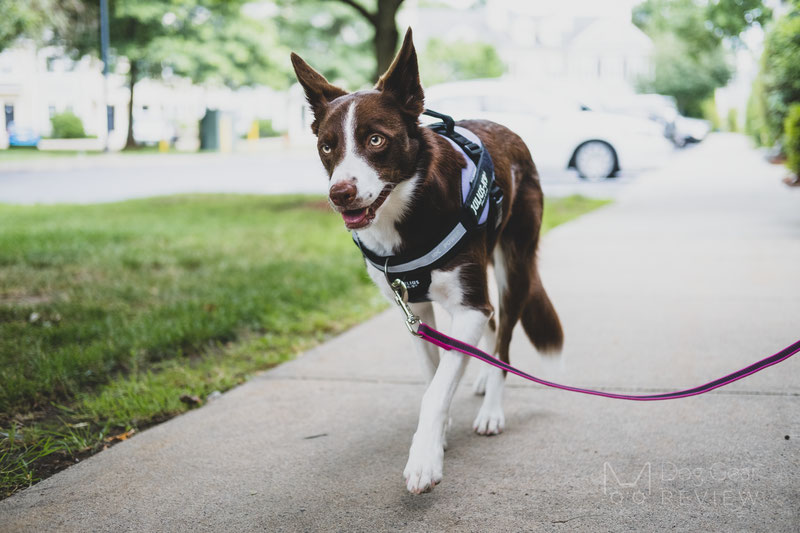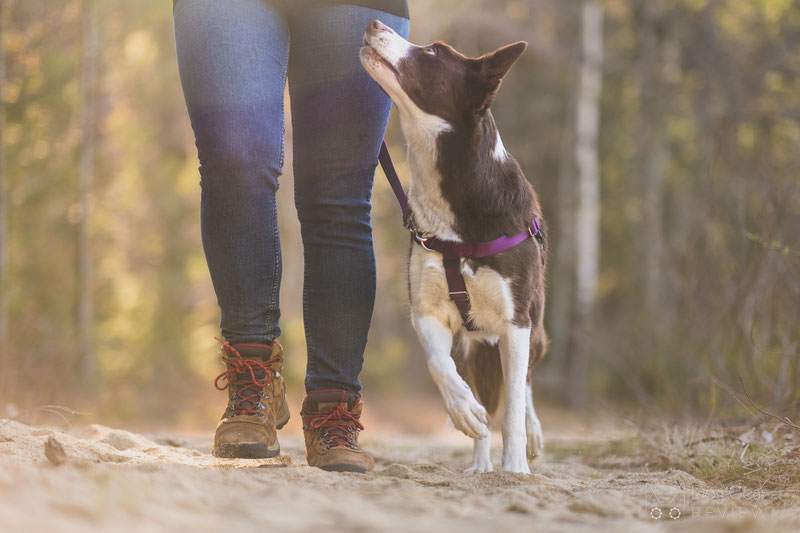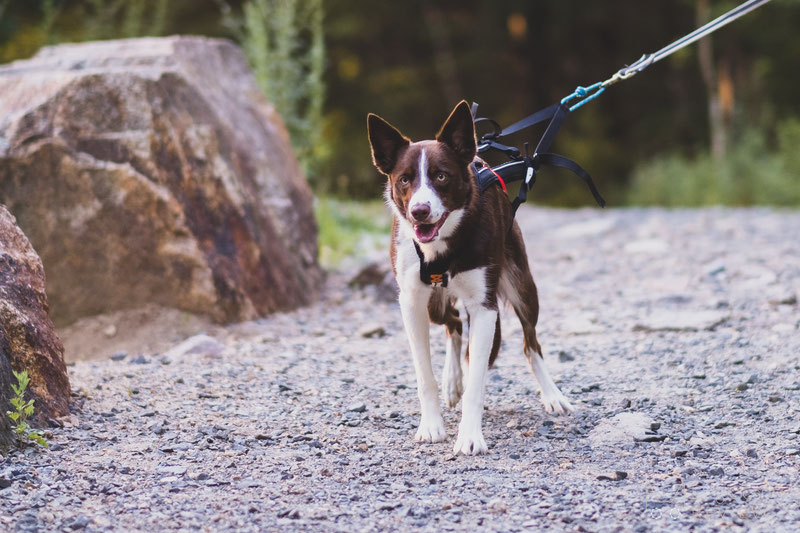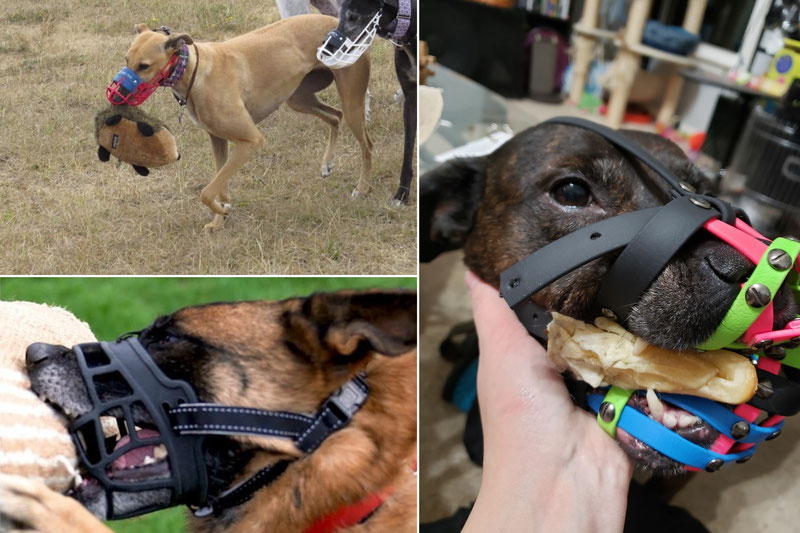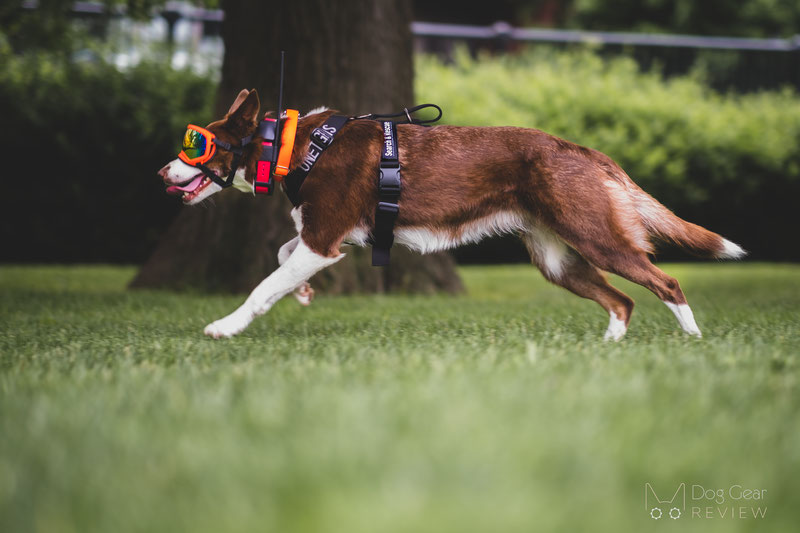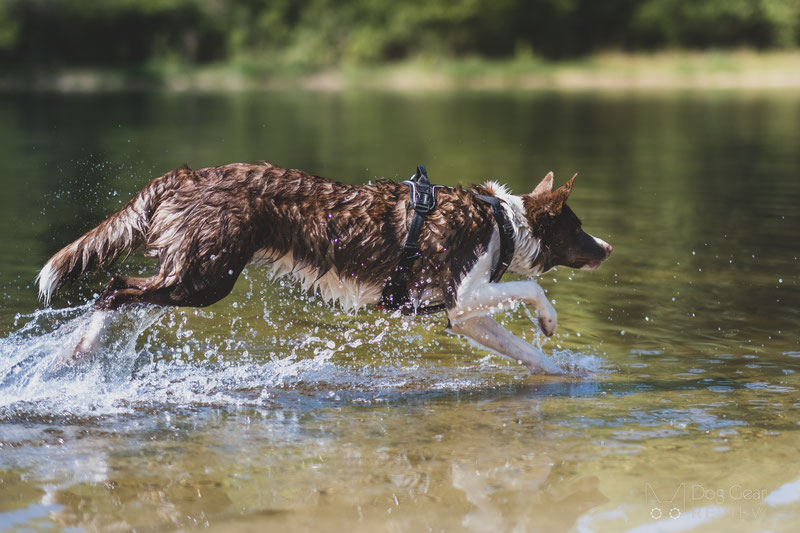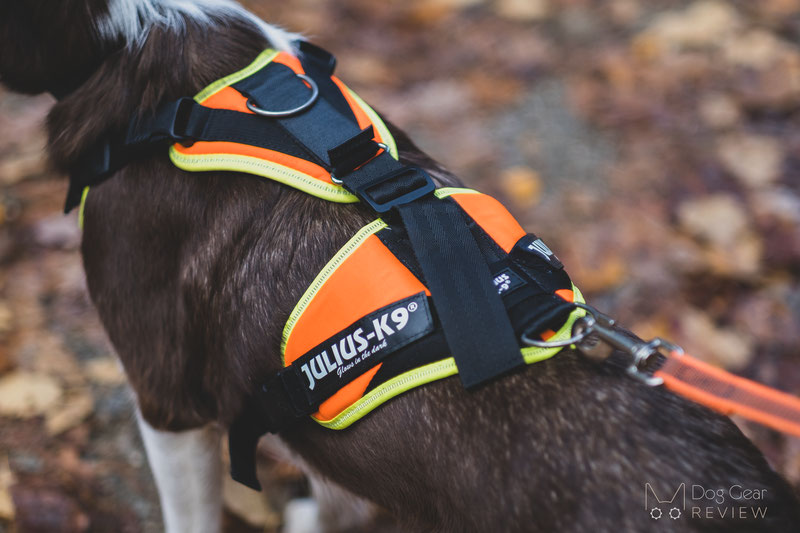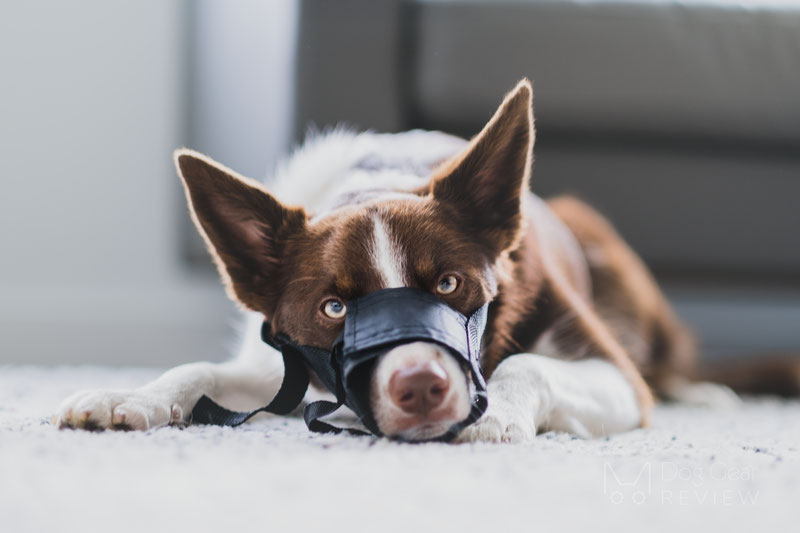It would be great if there would be magic tools out there that we can just buy, and they will solve all our dog training problems. Unfortunately, “No-pull” became the new buzzword that seems to be attached to many products even if they genuinely have nothing to do with stopping the dog from pulling. Still, people buy it because they desperately want it to be true.
No-pull harnesses
Let’s start by discussing what a no-pull harness is. The short answer is: A no-pull harness is one with a front ring on the chest. There are harnesses with rings on the sides (basically on the shoulder) and the back marketed as no-pull. They are not, or at least not once your dog gets used to wearing the new gear. The idea behind a no-pull harness is to steer the dog towards you. It uses their pulling force to turn them and help them understand that this is not the easiest way to go forward.
There are a few other no-pull designs out there that make the harness tighten around the dog’s tummy or back legs when they pull, but those can injure dogs who lunge with force, so we will skip them for the purpose of this article since they are generally not recommended for any dog.
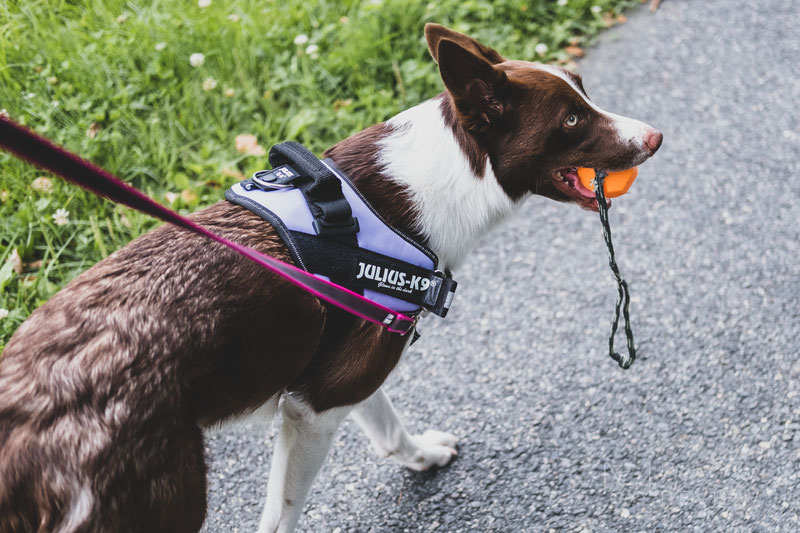
So where should that chest ring be on the harness?
For the ideal steering power with a front ring, you want it on or right above the chest bone with little room for it to slide around. The chest bone is the spiky bone that you can easily feel on their chest.
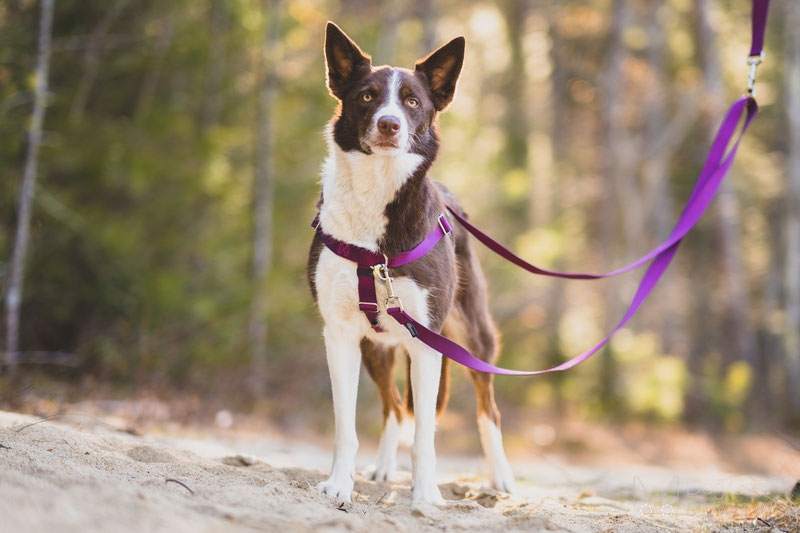
Many no-pull harness designs have a front piece hanging low, resulting in the harness going across the legs, tripping the dog instead of steering them.
Many are trying to use a genuinely well-fitted Y-harness with a front-ring, and as a result, they turn the dog by pulling their leg out to the side. The problem is that if you have a strong dog who lunges, you can easily injure their shoulder when jerking it to the side with a harness that doesn’t have the right design, or it isn’t the ideal no-pull fit (more on this below). Another concern is that a dog can step out from a loosely fitting Y-harnesses when the front ring pulls the chest piece to the side.
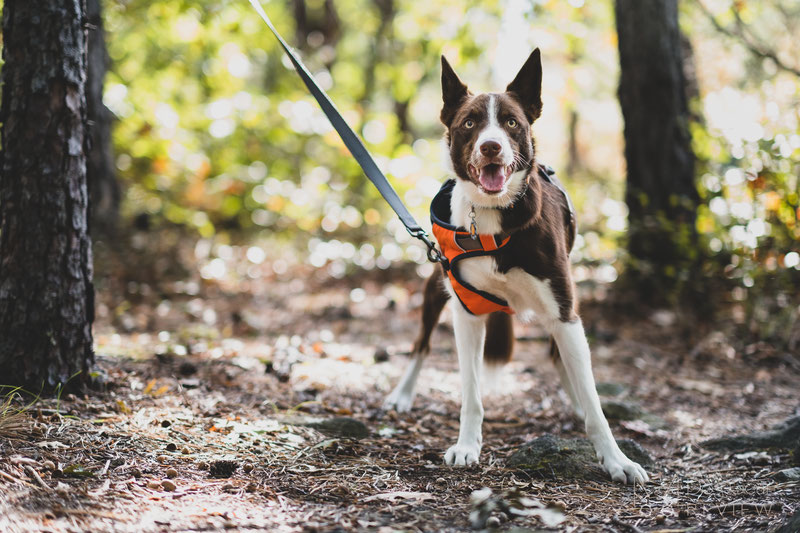
How NOT TO use a no-pull harness
Many imagine the effect of a no-pull harness to be immediate: just put it on the dog, and you never have a problem with pulling again! But, unfortunately, this is a little more complex than that.
There are two problems with using a no-pull harness as a standalone solution. Firstly, most dogs are great at adapting. Without training, most of them will just get back to pulling as soon as they learn that they can still do it in this new setup.
Some dogs will seemingly stop pulling when using a front ring. These are usually the more sensitive dogs who don’t like a harness chafing right in their armpits or the change in the pulling direction. The second problem is that they typically revert to pulling as soon as you switch back to their original harness/collar because they just avoided the behavior. They didn’t learn to walk on a loose leash.
It seems like we have an easy solution for the latter: Can we just continue using the no-pull harness forever if this is the only gear the dog walks nicely with?
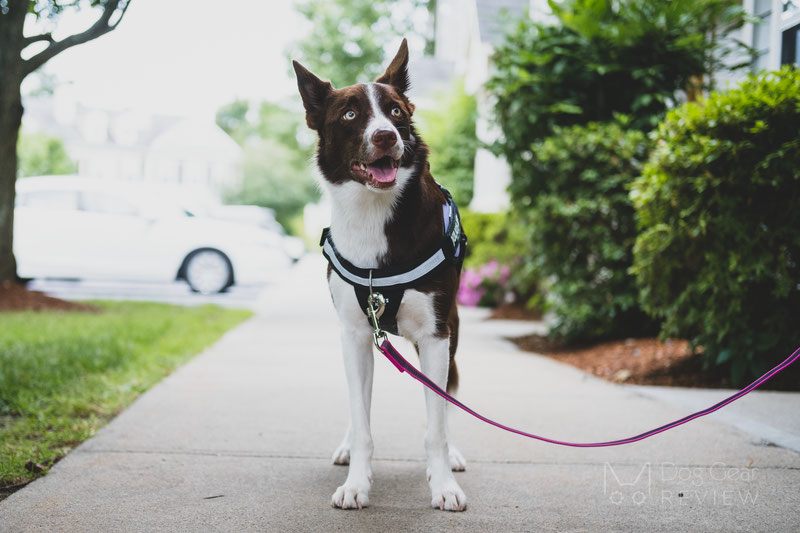
What’s the problem with transitioning to a no-pull harness as the new default dog walking set for the rest of our dog’s life?
To talk about this, first, we have to touch on an ideal, comfortable harness design for a dog who doesn’t pull. We talked in detail about how a well-fitting Y-harness should look in our another article, but to summarize the relevant points here: a comfortable harness should sit high enough not to restrict the legs but low enough not to put pressure on the lower neck. A good fit also means that the harness is not restricting the legs’ full range of motion, including moving the legs back when they step without chafing on the chest straps.
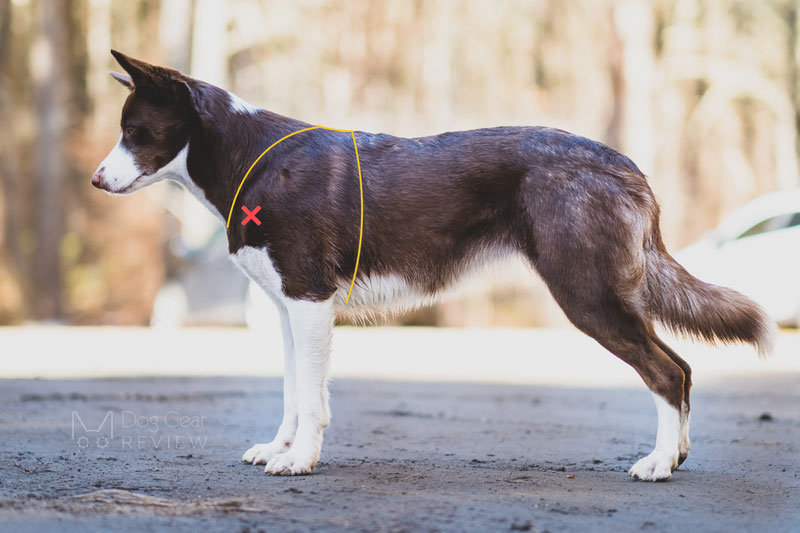
So how should an effective no-pull harness be positioned on the dog? As we discussed, you will have good steering power with the leash attachment staying on the chest bone as much as possible. If you have a comfortably fitted harness (as discussed above) leaving room behind the legs, that would just slide up to the armpits when using the front ring, and the harness would rotate/slide instead of turning the dog itself.
To summarize, the main difference is that an effective no-pull harness sits in the armpits, while a comfortable harness, e.g., for hiking, would leave plenty of room behind the front legs. This is true for all effective no-pull harness designs, it can be a Y- or H-harness, or a Norwegian-type harness (going across the shoulders) with or without a chest pad, the result is the same: it does interfere with the shoulder’s range of motion by limiting the backward movement of the legs.
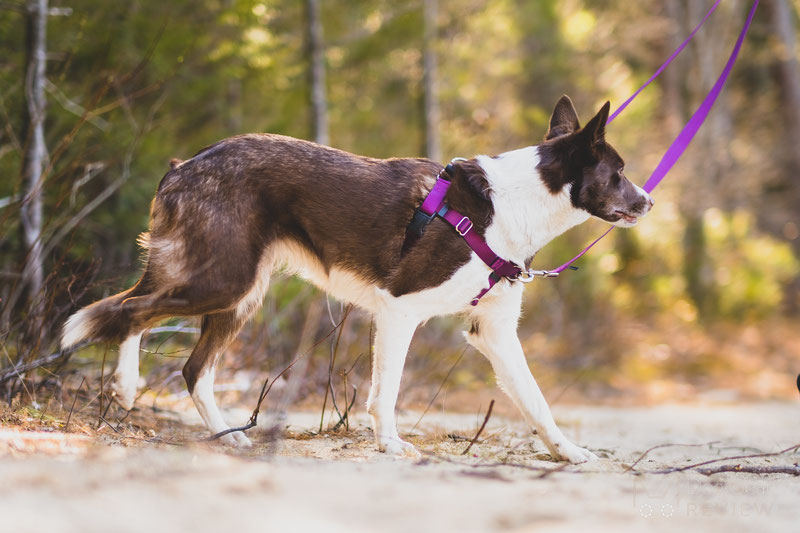
Having a harness right behind the front legs will not cause problems during the weeks or even a few months while you use it as a training tool, but it can cause shoulder problems and rubs the armpits in the long run. Some dogs are more sensitive to this and would immediately change their stride to avoid chafing, while others don’t care much about it.
Usually, the dogs who immediately start walking nicely when putting on a no-pull harness are also the ones who will keep taking smaller steps with their front legs with the harness on because they don’t like the restrictive feeling of the design. Changing the dog’s stride and body posture on every walk over months or even years will have a toll on the shoulders and spine, so this is something to keep in mind.
There are two examples below on how the front legs move back and how one harness is rubbing against the back of the shoulder while the other does not.
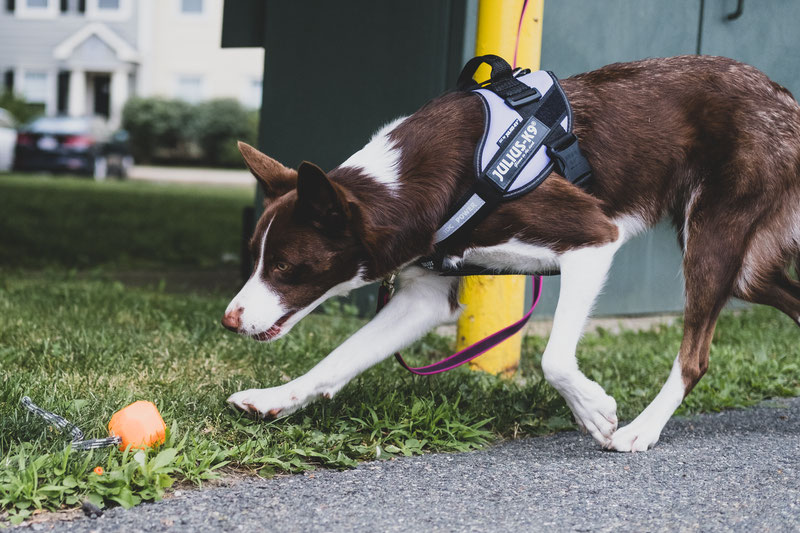
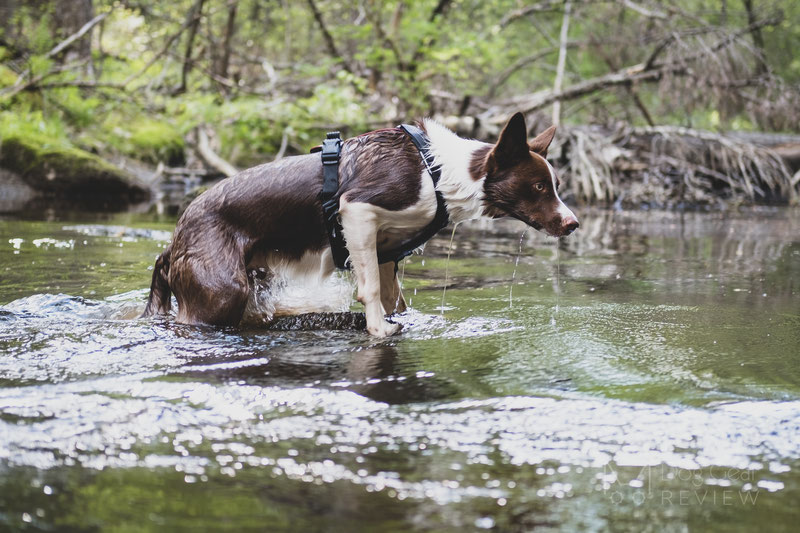
To reiterate it one more time, we don’t say that all cross-shoulder harnesses are harmful to the joints. As discussed in a long and detailed article before, the restriction is mainly related to the fitting of the harness that can be changed. But, unfortunately, when you want to use it as a no-pull harness, it needs to sit right in the armpits, so it will be restrictive.
How to use it
To summarize, a no-pull harness can be a great tool if the dog is a strong puller and/or the owner is having trouble holding them back, but they are not a standalone solution. They are not meant to be a comfortable design to wear on long hikes or off-leash runs. Instead, they are intended to be used alongside training to reward good behavior while helping you maintain control and redirecting the dog.
Unfortunately, there aren’t good “2 in 1” harness options either: you will not find a comfortable hiking harness that also happens to have a front ring to serve as a no-pull harness because these two use cases need different designs altogether.
Learning more about leash manners will make it easier for you and your dog to enjoy your walks, regardless of the equipment.
